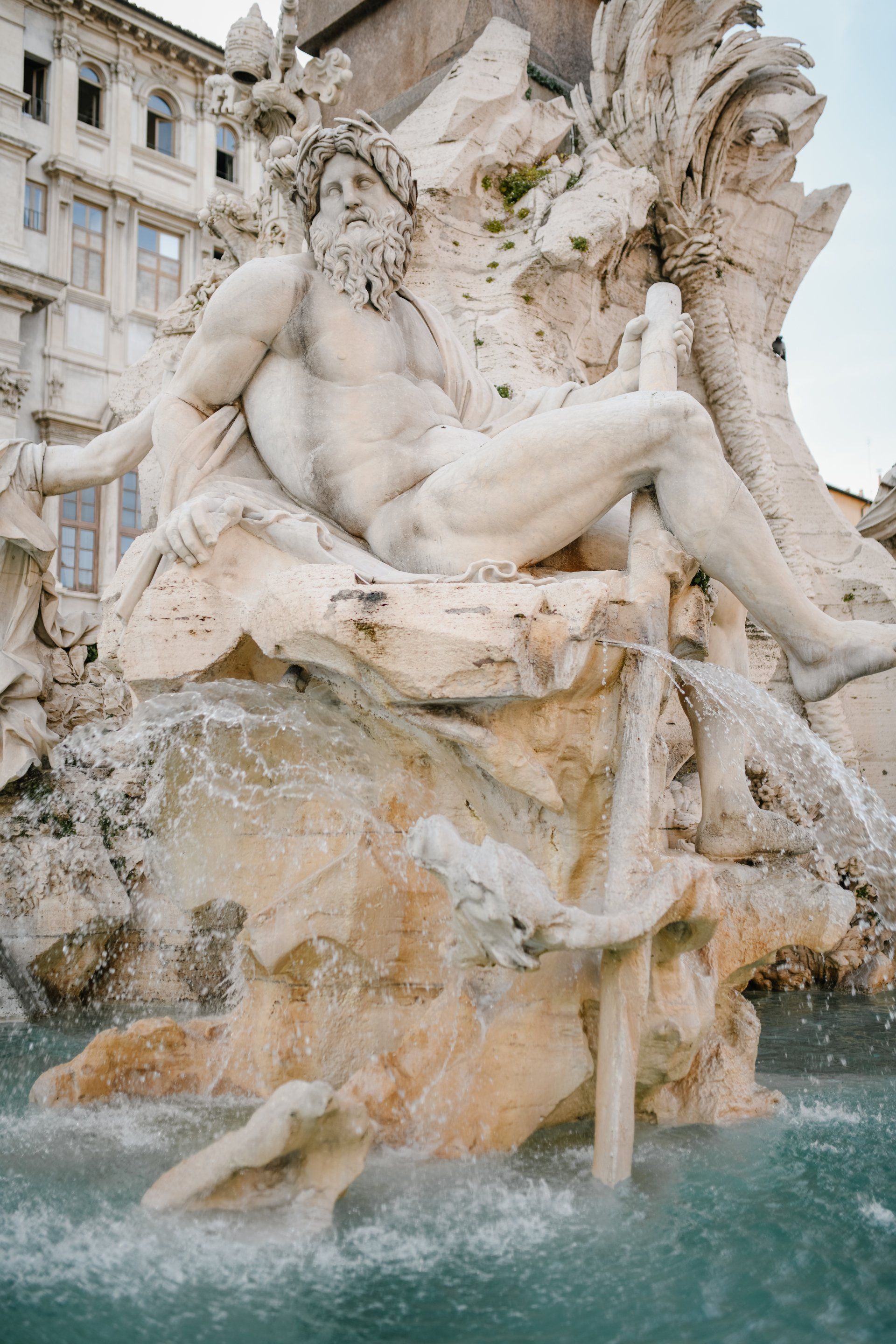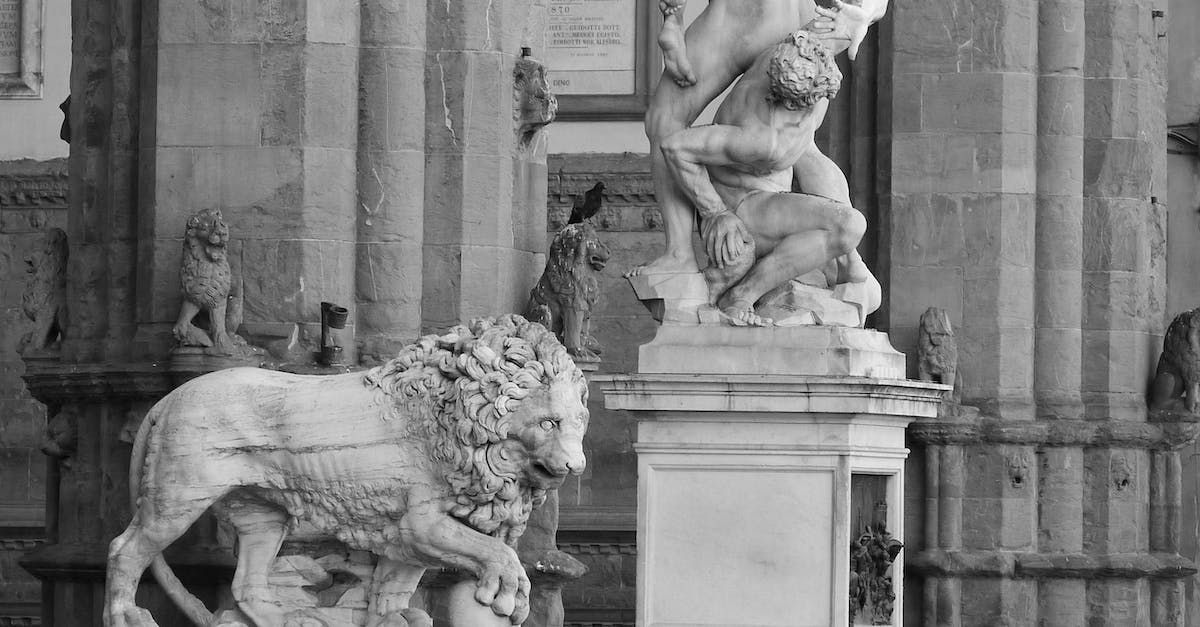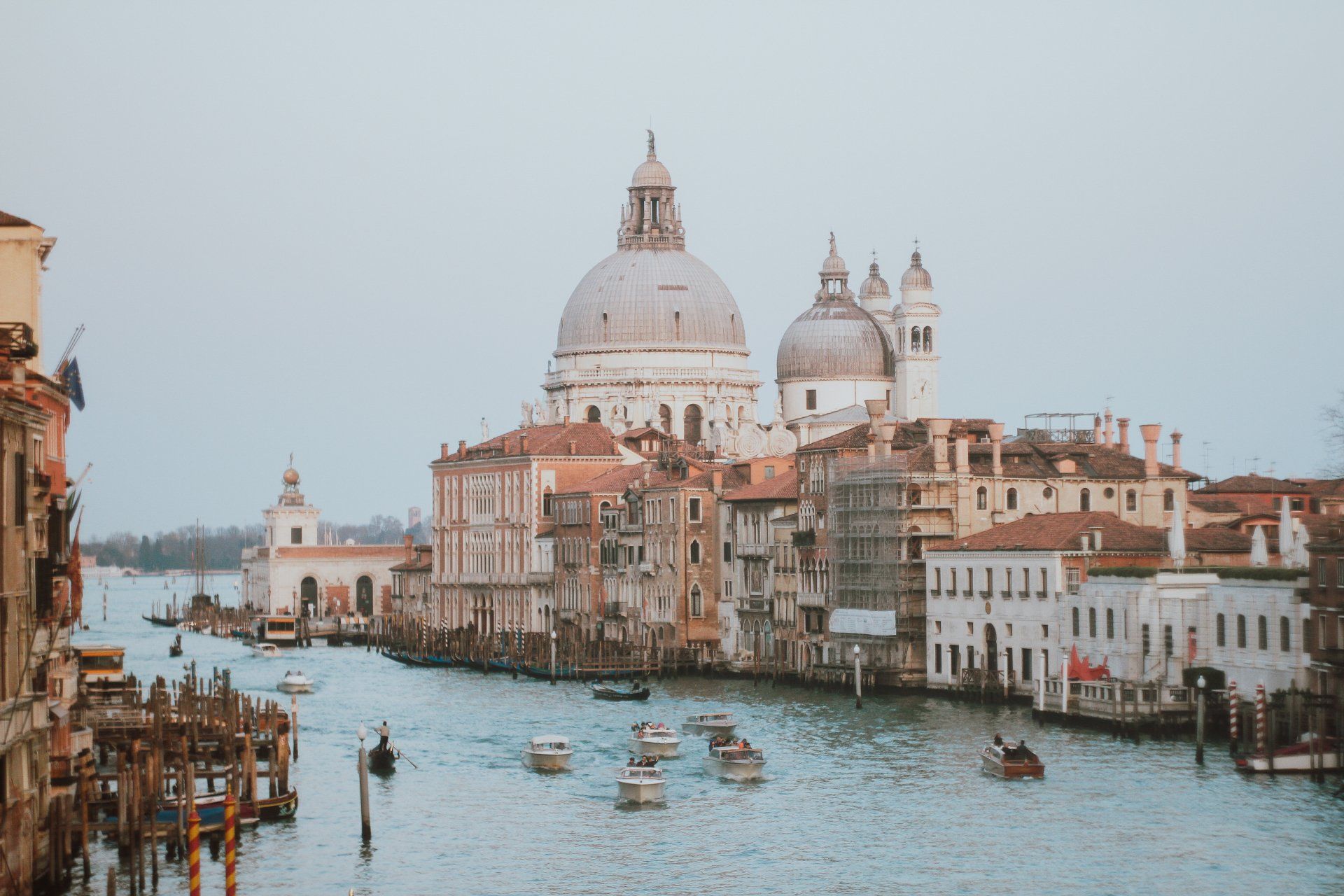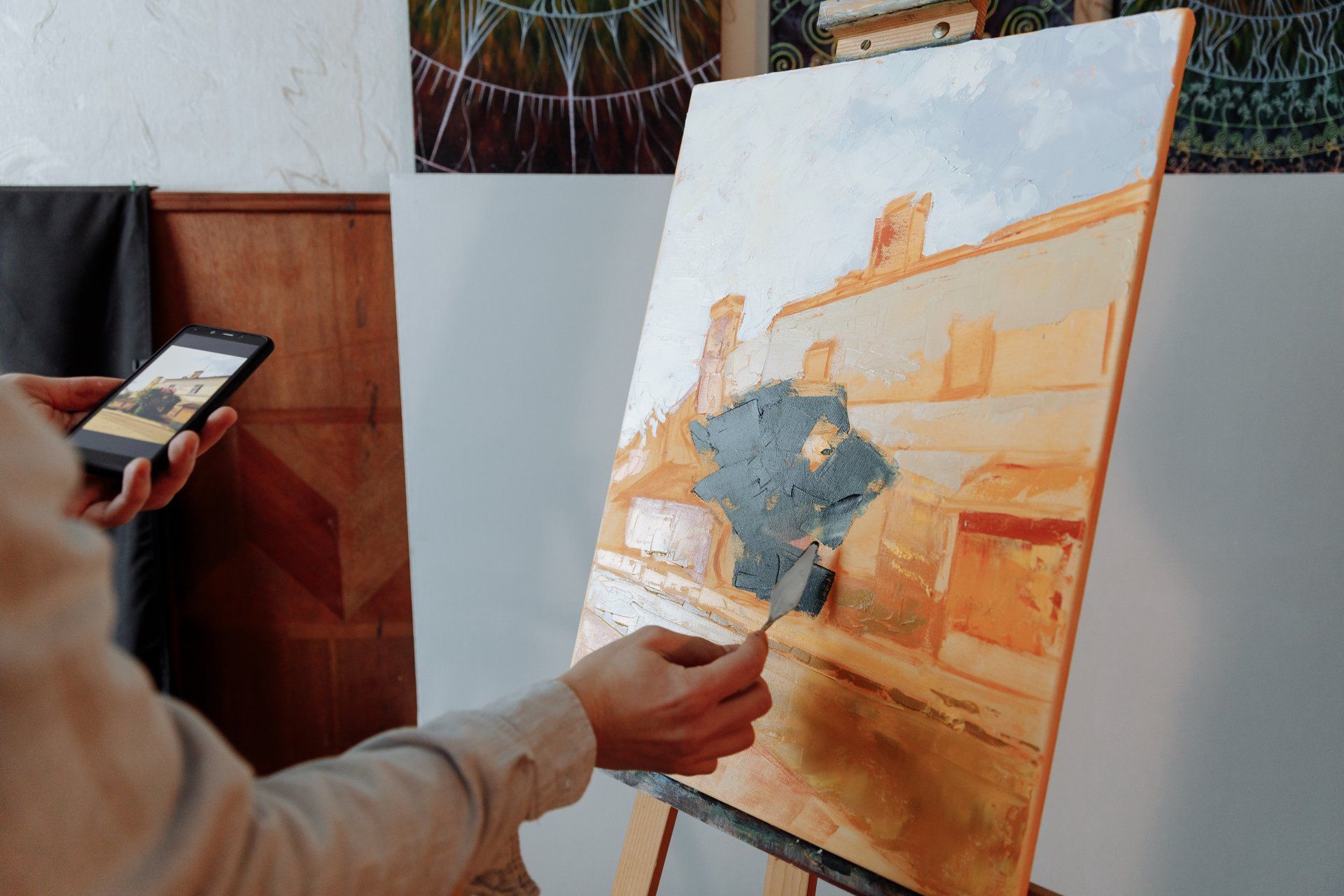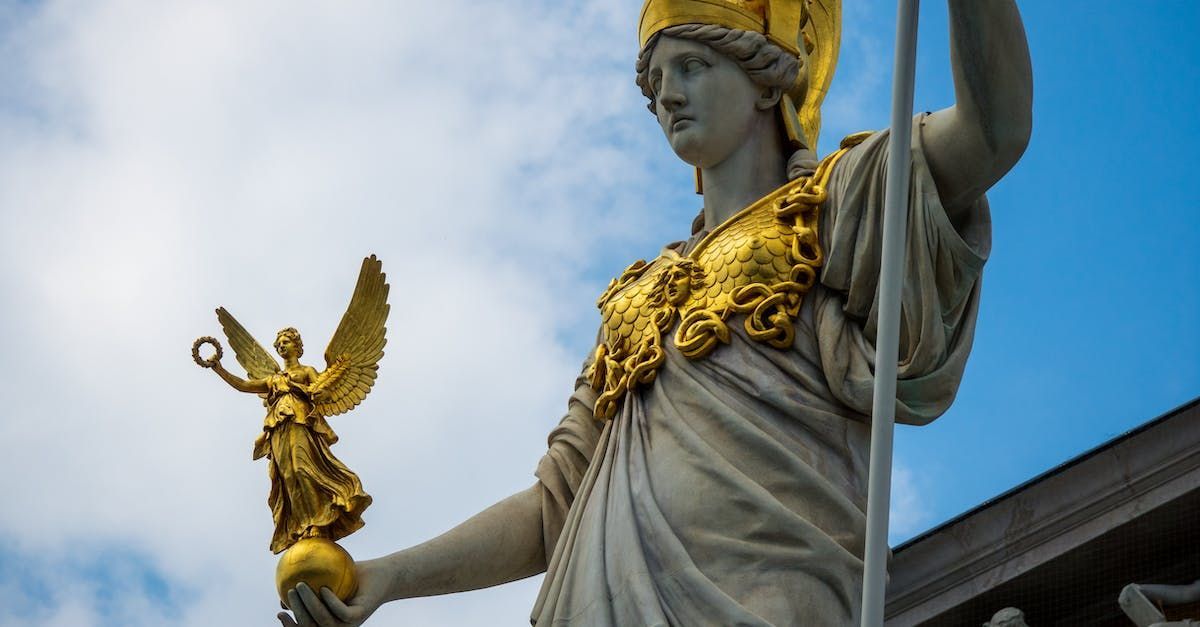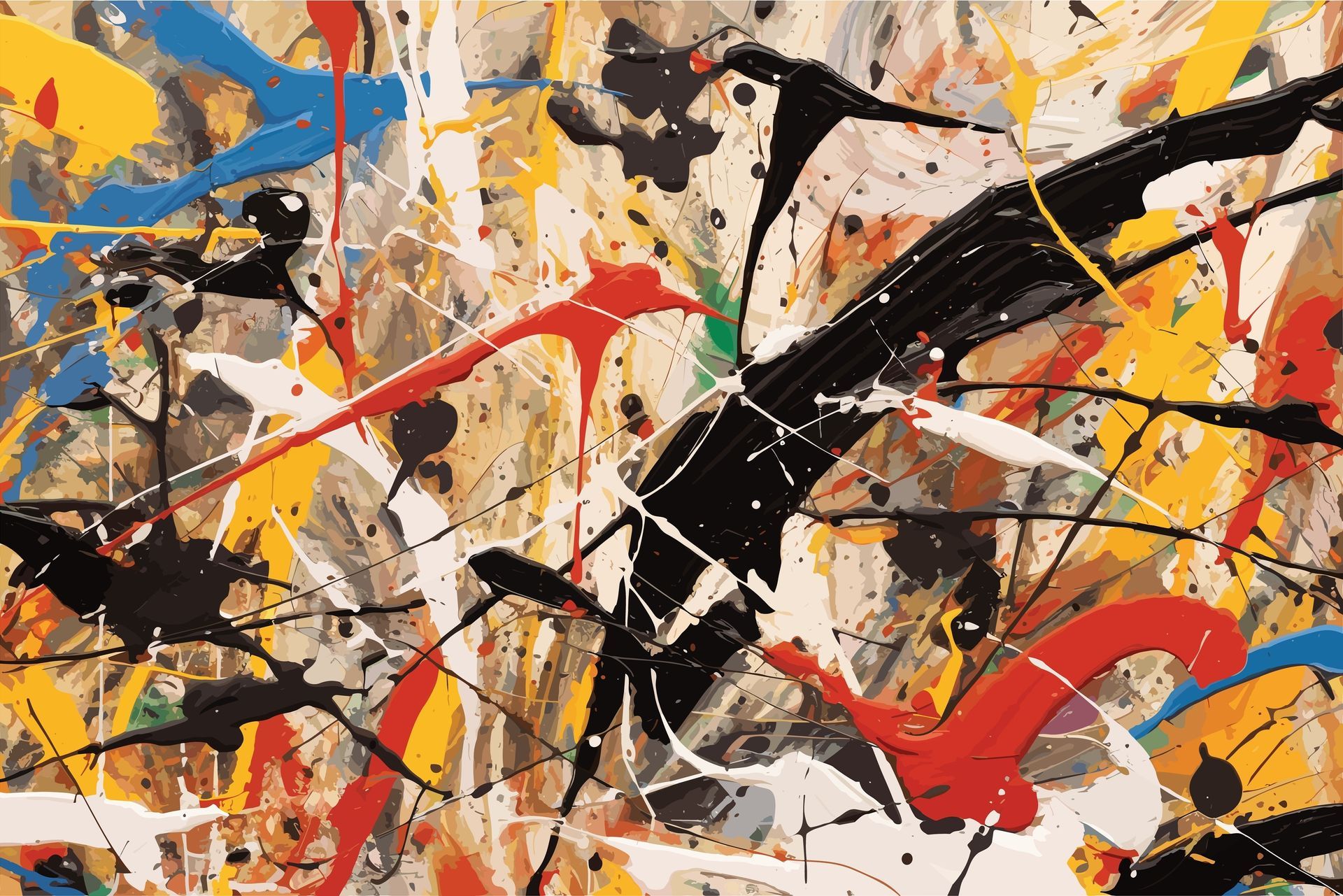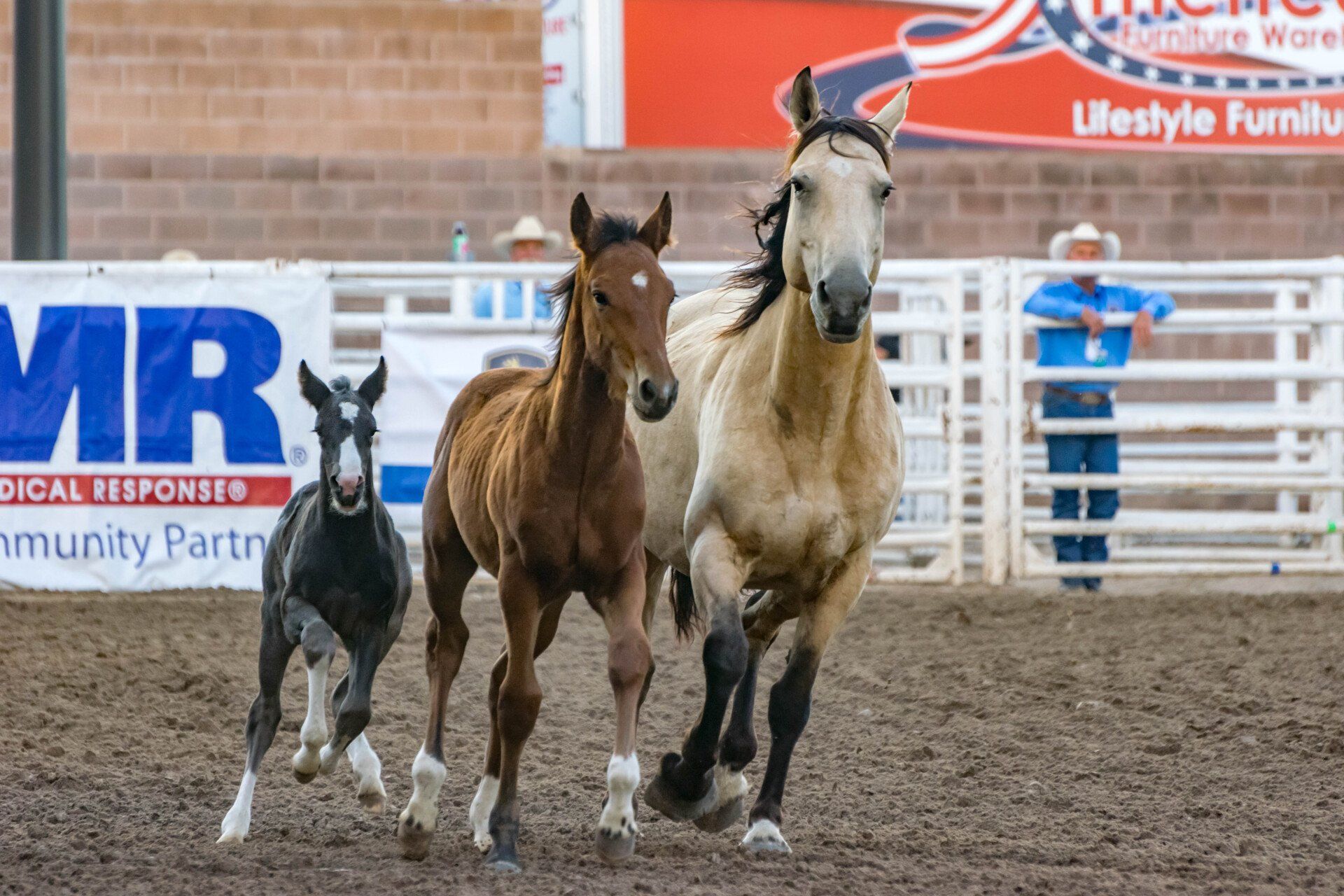Bill Owen
Beauty and Struggles of the American West
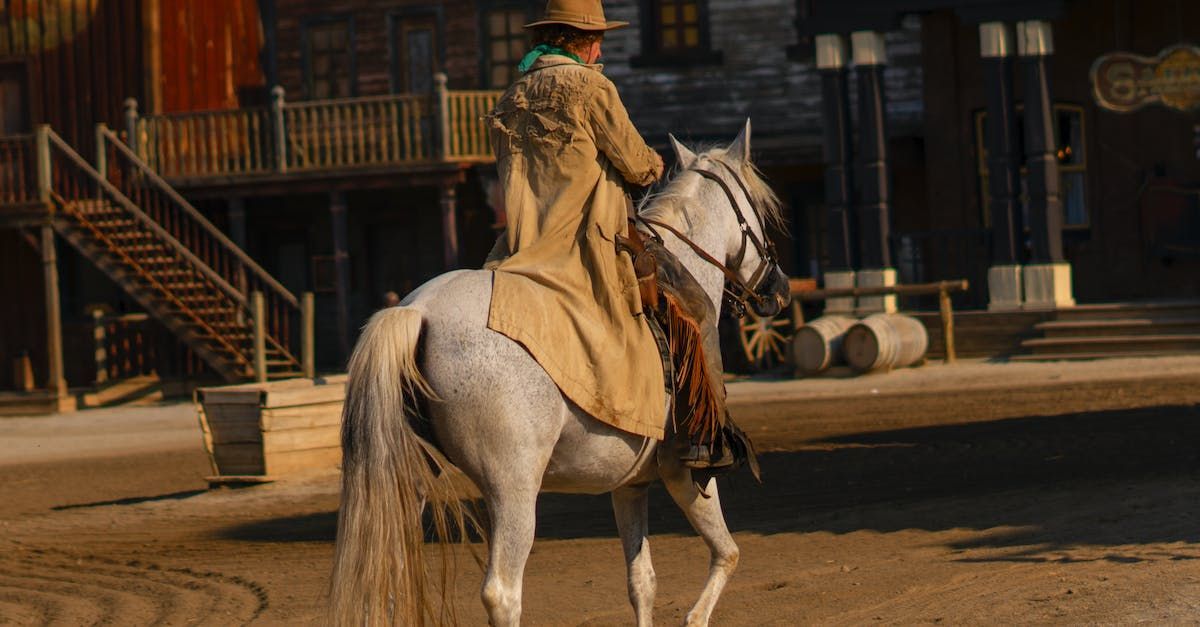
Bill Owen, a talented artist who lived from 1942 to 2013, left a lasting impact with his sensitive and authentic portrayals of the cowboy life. His paintings were a testament to his deep understanding and respect for the traditions, struggles, and beauty of the American West. This article explores Bill Owen's artistic style, his portrayal of the cowboy life, and his ability to capture the essence of the American West.
Sensitive and Authentic Portrayals:
Bill Owen's artwork stands out for its sensitive and authentic portrayals of the cowboy life. Through his keen observation and deep empathy, Owen captured the nuances of the cowboy experience with remarkable detail and accuracy. His paintings not only depicted the physical aspects of cowboys but also conveyed their emotions, their connection to the land, and their relationships with horses and fellow cowboys. This sensitivity and authenticity brought his artwork to life and allowed viewers to connect with the subjects on a personal level.
Understanding and Respect for Cowboy Traditions:
Owen's paintings reflected his profound understanding and respect for the traditions of the cowboy way of life. He delved into the rich history and folklore of the American West, meticulously researching the clothing, equipment, and practices of cowboys. This commitment to historical accuracy and attention to detail enabled Owen to recreate scenes from the cowboy era in a way that honored and celebrated their traditions. His artwork served as a tribute to the cowboy culture, preserving its legacy for future generations.
Capture of the Beauty and Struggles of the American West:
Bill Owen's paintings captured the beauty and struggles of the American West, showcasing the diverse landscapes, rugged terrains, and unpredictable weather that defined the region. Whether depicting cowboys herding cattle across vast prairies or seeking shelter during a thunderstorm, Owen skillfully portrayed the contrasts and challenges of the Western environment. Through his art, he conveyed a deep appreciation for the resilience and determination required to navigate and thrive in such a demanding landscape.
Preserving the Essence of the American West:
One of the remarkable aspects of Bill Owen's artwork was his ability to preserve the essence of the American West. His paintings went beyond mere representation, capturing the spirit and character of the region. Owen's use of light, color, and composition created an atmosphere that evoked the sights, sounds, and emotions of the cowboy life. His art served as a visual time capsule, allowing viewers to immerse themselves in the history, culture, and natural beauty of the American West.
Bill Owen's sensitive and authentic portrayals of the cowboy life left a lasting impression on the world of Western art. His deep understanding and respect for cowboy traditions, coupled with his ability to capture the beauty and struggles of the American West, set him apart as a talented artist. Through his paintings, Owen preserved the essence of the cowboy culture and the spirit of the American West, ensuring that its legacy continues to inspire and resonate with audiences. His art serves as a testament to the enduring allure and significance of the cowboy way of life in the fabric of American history.
